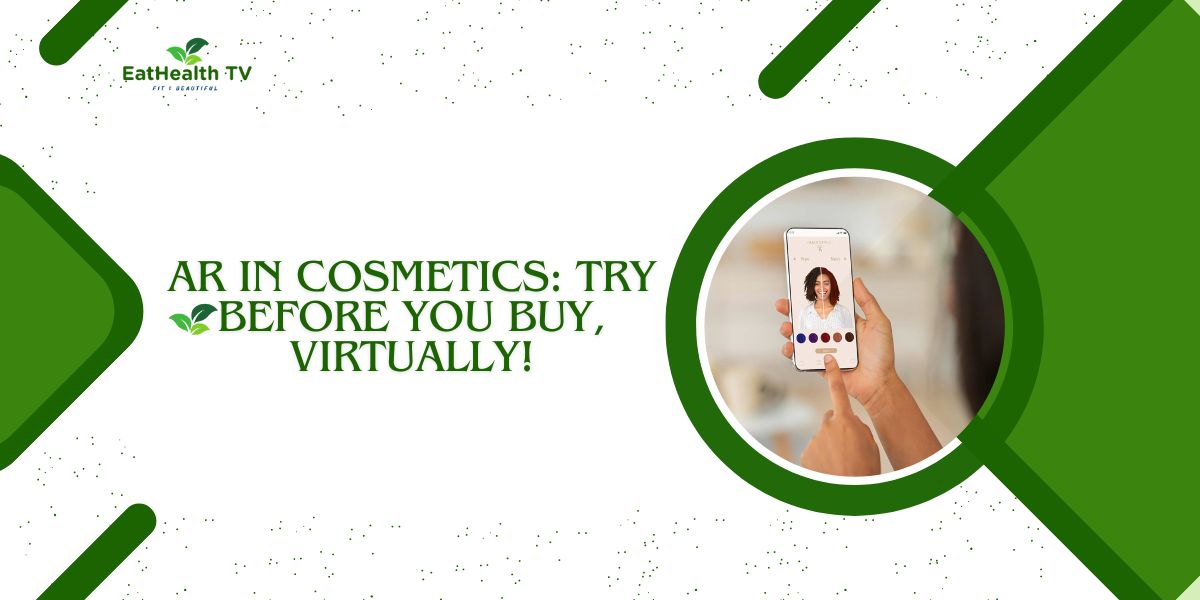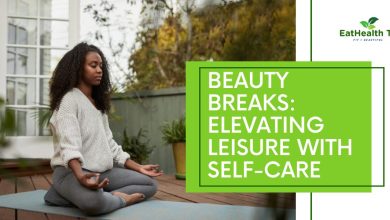AR in Cosmetics: Try Before You Buy, Virtually!
Elevate Your Beauty Experience: Explore AR Cosmetics Try-On Technology
AR in Cosmetics: Try Before You Buy, Virtually!
Augmented Reality (AR) technology has revolutionized the cosmetics industry, offering consumers an innovative way to experience products before making a purchase. With the rise of online shopping and the increasing demand for personalized beauty solutions, AR has emerged as a powerful tool for enhancing the virtual shopping experience. In this comprehensive guide, we’ll explore the impact of AR in cosmetics, how it works, its benefits for consumers and brands, and the future of virtual try-on technology.
Understanding AR in Cosmetics
Augmented Reality (AR) is a technology that overlays digital information onto the real world, creating an interactive and immersive experience. In the cosmetics industry, AR is used to simulate the application of makeup products on a user’s face or body through a smartphone, tablet, or computer screen. By leveraging advanced facial recognition and image processing algorithms, AR technology enables users to virtually try on different makeup looks in real time, allowing them to see how products will appear before making a purchase. Just as we know Verbal Glamour: Language in the Beauty Sphere
How AR in Cosmetics Works
- Facial Mapping: AR technology uses sophisticated facial mapping algorithms to accurately detect and analyze facial features, including eyes, lips, nose, and skin tone. This allows the virtual makeup application to align seamlessly with the user’s face, providing a realistic and personalized experience.
- Product Recognition: Cosmetics brands integrate their product catalogs into AR apps, allowing users to browse and select from a wide range of makeup products, shades, and finishes. When a user chooses a product, the AR system applies it to the appropriate facial features, adjusting color, opacity, and texture to match the user’s preferences.
- Real-Time Rendering: AR platforms render virtual makeup looks in real-time, enabling users to see immediate results as they experiment with different products and styles. This instantaneous feedback allows users to make informed decisions about which products best suit their needs and preferences.
Benefits of AR in Cosmetics
- Enhanced Shopping Experience: AR technology enhances the online shopping experience by allowing consumers to try on makeup virtually from the comfort of their own homes. This eliminates the need to visit physical stores and enables consumers to explore a wider range of products and brands.
- Personalized Recommendations: AR algorithms analyze user preferences and facial features to provide personalized makeup recommendations tailored to individual needs. This helps consumers discover new products and experiment with different looks based on their unique style and preferences.
- Increased Confidence: Virtual try-on technology boosts consumer confidence by enabling them to see how makeup products will look on their own face before purchasing. This reduces the risk of dissatisfaction and returns, leading to a more positive shopping experience.
- Brand Engagement: Cosmetics brands that offer AR try-on experiences attract and engage consumers by providing interactive and immersive shopping experiences. This strengthens brand loyalty and encourages repeat purchases as consumers develop trust and familiarity with the brand’s products.
- Innovative Marketing: AR in cosmetics serves as a powerful marketing tool for brands to showcase their products in a dynamic and engaging way. By leveraging AR technology in advertising campaigns and social media platforms, brands can capture the attention of consumers and drive sales.
Future Trends in AR in Cosmetics
- Advanced Customization: As AR technology continues to evolve, we can expect to see more advanced customization options, allowing users to tailor virtual makeup looks to their specific preferences, skin types, and concerns.
- Integration with AI: The integration of Artificial Intelligence (AI) algorithms with AR technology will enable even more accurate facial recognition and personalized recommendations, further enhancing the virtual try-on experience.
- Expanded Product Offerings: AR in cosmetics will extend beyond traditional makeup products to include skincare, haircare, and other beauty categories. This will provide consumers with a comprehensive virtual beauty experience, allowing them to explore and experiment with a wide range of products.
- Social Media Integration: AR try-on experiences will become increasingly integrated with social media platforms, allowing users to share virtual makeup looks with friends, followers, and online communities. This will drive social engagement and user-generated content, amplifying brand visibility and awareness.
- Accessibility and Inclusivity: AR technology will play a pivotal role in promoting diversity, inclusivity, and accessibility within the cosmetics industry. Virtual try-on experiences will cater to a diverse range of skin tones, ethnicities, and gender identities, ensuring that all consumers feel represented and included.
Conclusion
AR technology has transformed the cosmetics industry, offering consumers a revolutionary way to explore, experiment, and experience makeup products virtually. From personalized recommendations to immersive try-on experiences, AR has redefined the online shopping journey, empowering consumers to make informed decisions and express their unique style and preferences. As technology continues to advance and evolve, the future of AR in cosmetics holds endless possibilities, promising even more innovative and inclusive beauty experiences for consumers around the world.





